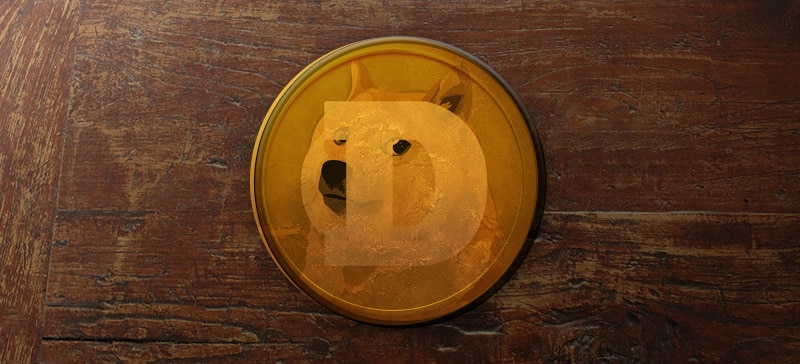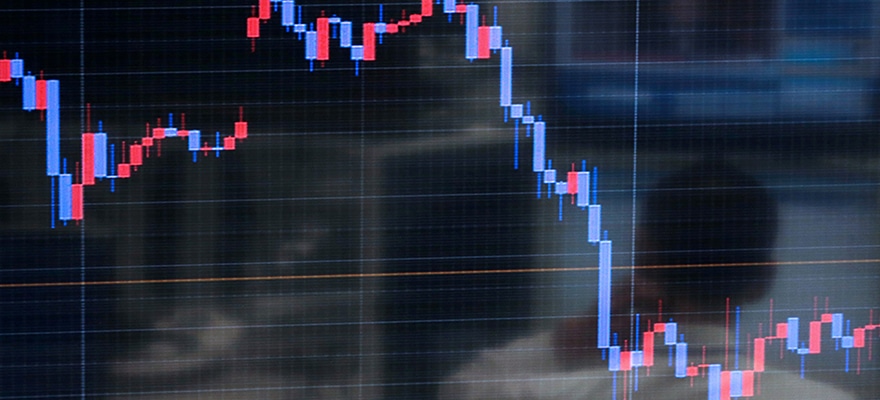Dogecoin is yet another one of the popular Litecoin derived Cryptocurrencies in circulation today. It was first introduced in December 2013. Dogecoin production moves fast, with an estimated 100 billion coins that will be in circulation by the end of 2014, with an additional 5.2 billion coins every year thereafter. Approximately 65 billion Dogecoins have been mined to date. There is a popular expression among Dogecoin users: “To the moon!” which is used to describe the overall sentiment of the coin’s rising value. At this time, there are very few commercial applications for Dogecoin, butthe currency is proving itself as an internet tipping system, in which social media users grant Dogecoin tips to other users for providing interesting or noteworthy content. However, despite its relatively young age, commercial products are coming to the market with several Bitcoin payment processing firms creating solutions for Dogecoin integration.
Dogecoin was created by programmer Billy Markus of Portland, Oregon. His intention was to create a “fun” crypto currency that could reach a broader audience than Bitcoin. He also wanted to create a new product that would be well distanced from the controversies that other crypto currencies have faced, such as the Bitcoin/Silk Road online drug marketplace controversy.
A fellow by the name of Jackson Palmer, a software marketing executive from Sydney, Australia, was encouraged to help make the dream come true. He purchased the domaindogecoin.com and added a splash screen, which featured the coin’s logo, among other neat cosmetic attractions to the site. Markus came across the site and began his efforts to create the currency after reaching out to Palmer. Markus based Dogecoin on the existing crypto currency, Luckycoin which features a randomized reward that is received for mining a block. This was later changed to being a static block reward.
On December 19, 2013, Dogecoin jumped nearly 3000 percent in value in 72 hours, rising from USD $0.00026 to $0.0095 with a volume of hundreds of Bitcoins per day. It is interesting to note that this growth occurred during a time when Bitcoin and many other crypto currencies were reeling from China’s decision to forbid Chinese banks from investing into the Bitcoin economy. Three days later, however, Dogecoin experienced its first major crash by dropping by 80% due to large mining pools seizing opportunity in exploiting the very little computing power required at the time to mine the coin.
On December 24, 2013, The Reserve Bank of India cautioned users of Dogecoin and other virtual currencies on the risks associated with them. The next day, a major theft attempt of Dogecoin occurred when millions of coins were stolen during a hacking attempt on the online wallet platform Dogewallet. The hacker gained access to the platform’s file system and modified its send/receive page to send any and all coins to a static address. This incident made Dogecoin the most mentioned altcoin on Twitter at the time. To help the victims of this breach and theft, the Dogecoin community started an initiative named “SaveDogemas” to help donate coins to those who lost them. Approximately one month later, enough money was donated to cover all of the coins that were lost.
The Dogecoin community is noted for its generosity and fundraising efforts. On January 19, 2014, a fundraiser was established by the Dogecoin community to raise $50,000 for the Jamaican Bobsled Team, which had qualified for, but could not afford to go to, the Sochi Winter Olympics. By the second day, $30,000 worth of Dogecoin was donated, raising the Dogecoin to Bitcoin exchange rate by 50%. The Dogecoin community also raised funds for a Sochi athlete named Shiva Keshavan. On March 25, 2014, the Dogecoin community successfully raised 67.8 million Dogecoins (around $55,000 at the time) in an effort to sponsor NASCAR driver Josh Wise. Wise will run a Dogecoin-sponsored paint scheme at the Aaron’s 499 at Talladega Superspeedway. Finally on March 17, 2014, an anonymous benefactor donated 14 million Dogecoin to a campaign for providing drinking water to parts of drought-stricken Kenya. It was done publicly via a Twitter-based tip service, and was proclaimed as the “most valuable tweet in history”. There are many other such touching Dogecoin relate stories, as well.
Resources
Website: https://dogecoin.com/
Reddit community: r/dogecoin
Learn more about bitcoins and other digital currencies on the DC Magnates resource portal

















